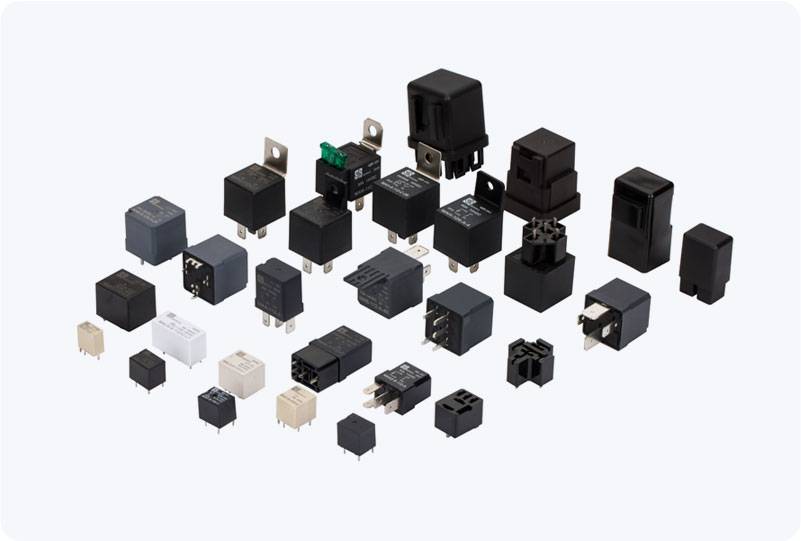understanding dc charging station relay: key components and functionality
Release time:2025-06-16 07:39:28
The rise of electric vehicles (EVs) has sparked a rapid evolution in the electric charging infrastructure, necessitating the development of more advanced and reliable charging solutions. One of the critical components in this infrastructure is the DC Charging Station Relay. These relays are essential in ensuring safe, efficient, and reliable charging processes for electric vehicles. This article explores the role of DC Charging Station Relays, their functionality, and the technology behind them.

What is a DC Charging Station Relay?
A DC Charging Station Relay is an electrical switch that controls the flow of direct current (DC) electricity between a charging station and an electric vehicle. Unlike alternating current (AC) charging stations, which rely on the vehicle’s onboard charger to convert AC to DC, DC charging stations directly supply DC power to the vehicle’s battery. The relay in these stations plays a crucial role in regulating the flow of electricity, ensuring that the charging process occurs safely and efficiently.
Key Functions of a DC Charging Station Relay
Control and Switching of Current One of the primary functions of a DC charging station relay is to control the flow of DC electricity to the vehicle’s battery. The relay acts as an intermediary between the charging station’s power supply and the vehicle, ensuring that electricity flows only when necessary. Once the charging is completed or if there is any interruption or malfunction, the relay disconnects the power to prevent further charging.

